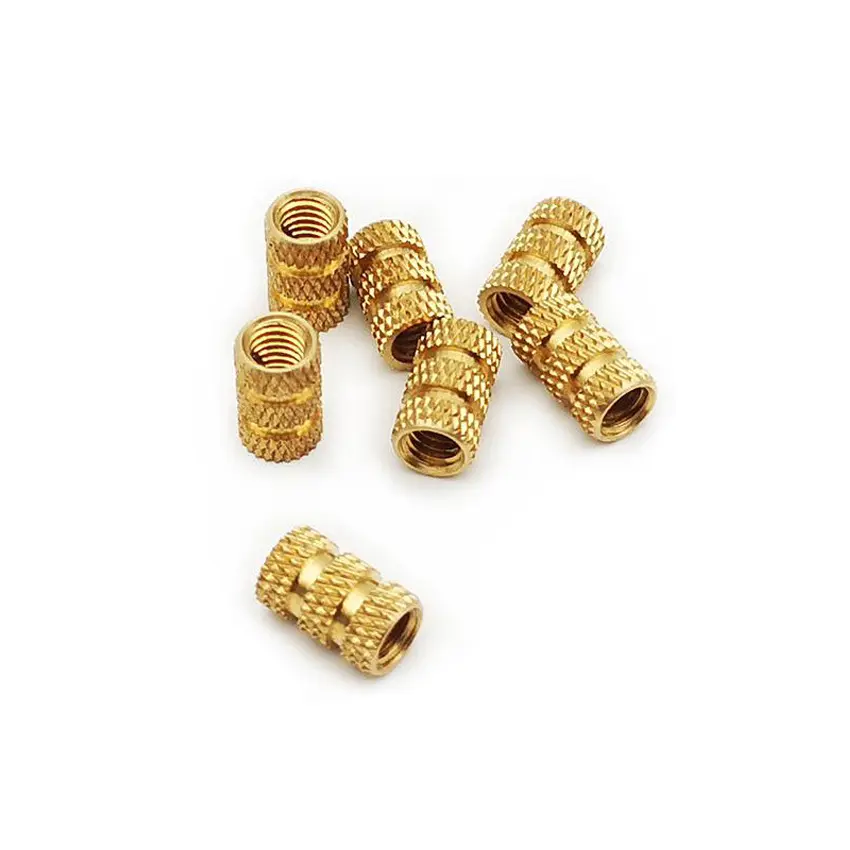Abstract: Copper metal sealing technology is a vital process aimed at improving the antioxidant performance of copper products. This article will elucidate the principles, methods, and benefits of copper metal sealing, particularly the advantages of sealing after copper passivation.
1.Introduction Copper is a crucial engineering material widely used in electronics, construction, decoration, and various other industries. However, copper metal is susceptible to oxidation, resulting in a decline in appearance and performance. To enhance the antioxidant performance of copper products, copper metal sealing technology becomes an indispensable process. This article will delve into the principles, methods, and benefits of copper metal sealing, especially the advantages of sealing after copper passivation.
2.Principles of Copper Metal Sealing The primary principle of copper metal sealing is to create a protective sealing layer on the copper surface, isolating it from the external environment to slow down further oxidation. This sealing layer is typically composed of polymers, fatty acids, waxes, or other chemical substances. It fills the micro-pores of the copper metal, preventing the penetration of oxygen and moisture, thereby enhancing antioxidant performance.
3.Methods of Copper Metal Sealing Copper metal sealing can be accomplished through various methods, including:
3.1 Heat Curing Sealing Heat curing sealing is achieved by heating copper metal products to melt the sealing agent, allowing it to penetrate the copper surface and form the sealing layer. This method is typically used for small components, such as electronic components.
3.2 Chemical Sealing Chemical sealing involves immersing copper products in a chemical solution containing sealing agents to facilitate the formation of the sealing layer. This method is suitable for mass-produced copper metal products.
3.3 Coating Sealing Coating sealing is achieved by applying a coating of sealing agents on the surface of copper products, typically using methods such as brushing, dipping, or spraying. This method is suitable for copper products of various sizes and shapes.
4.Benefits of Copper Metal Sealing The benefits of sealing copper metal include:
4.1 Enhanced Antioxidant Performance The sealing layer formed through copper metal sealing effectively isolates oxygen and moisture, slowing down further oxidation and enhancing antioxidant performance.
4.2 Appearance Preservation The sealing layer preserves the appearance of copper products, delaying the formation of oxide layers, keeping the product’s original shine and aesthetics.
4.3 Increased Corrosion Resistance The sealing layer enhances the corrosion resistance of copper metal, extending its lifespan, especially in harsh environmental conditions.
5.The Advantages of Copper Passivation and Sealing Combining copper metal sealing with copper passivation achieves a more comprehensive protective effect. Copper passivation removes surface oxidation, and the sealing layer then isolates opportunities for further oxidation, collectively ensuring the high quality and reliability of copper products.
6.Conclusion Copper metal sealing technology is a crucial process for enhancing the antioxidant performance of copper products and safeguarding them against oxidation. By forming a protective sealing layer, sealed copper products experience significant improvements in appearance, performance, and corrosion resistance, increasing their value in various application areas.
Post time: Nov-01-2023


